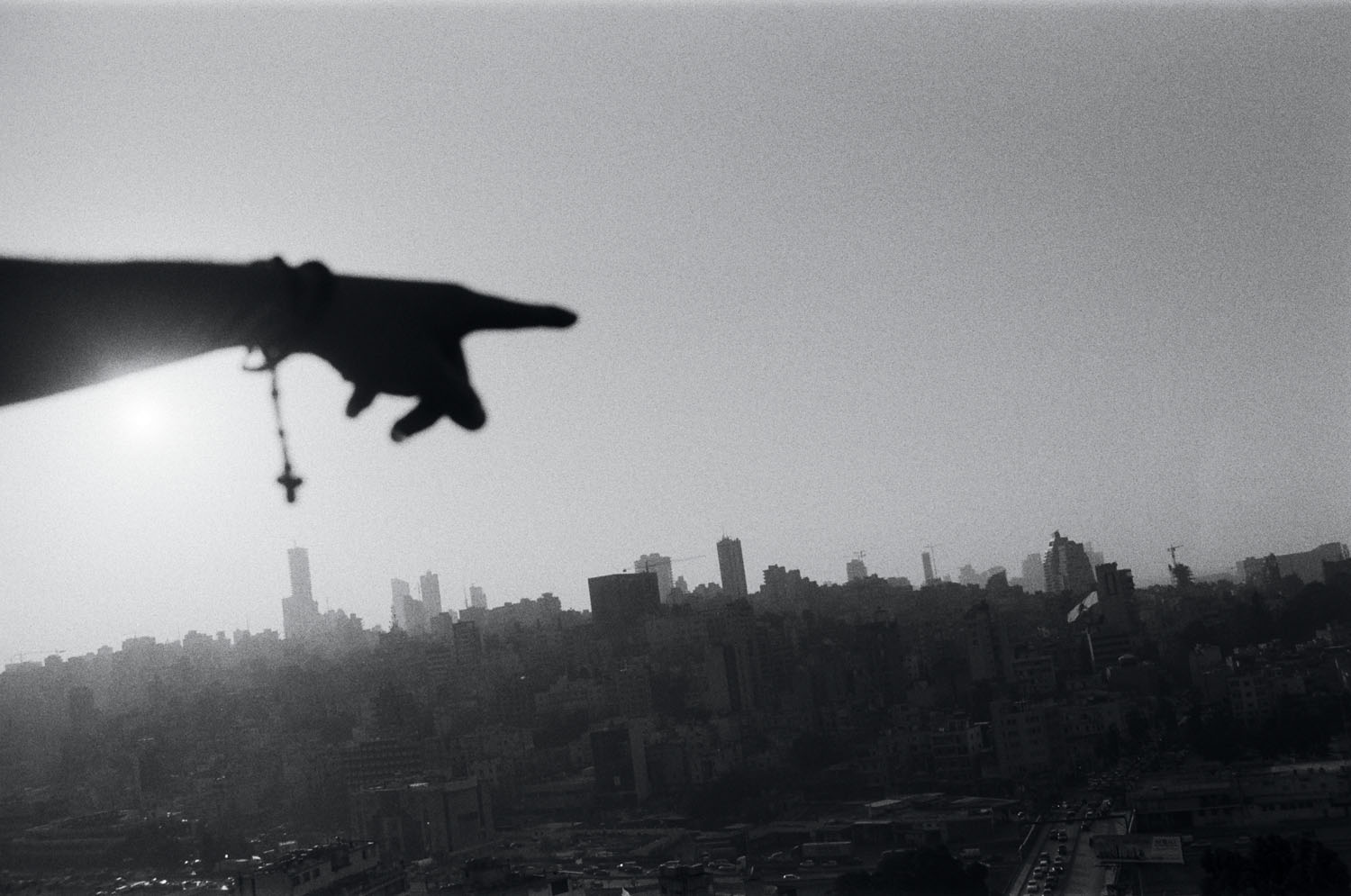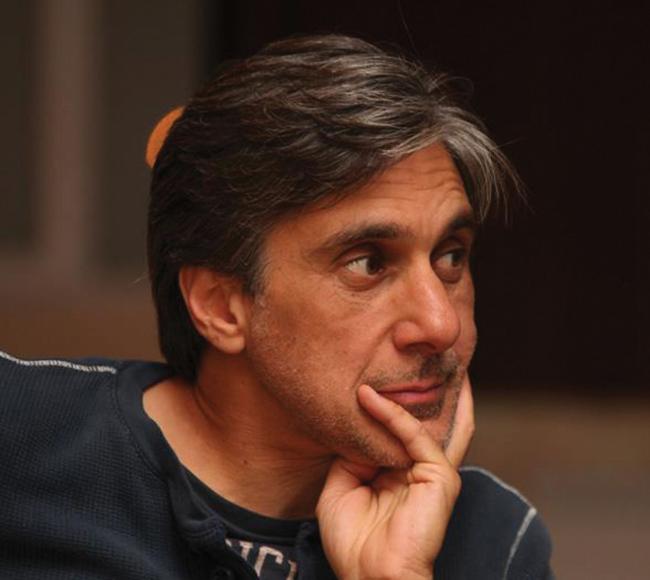
Rhythms of a Severed Past
Chronicling a City’s Diaspora

You need an active subscription to view this content
You should really subscribe now!
Or login if you already have a subscription.
Issue: Spring 2022 / Volume 98/1
Published: April 6, 2022
Ara Oshagan is a diasporic multidisciplinary artist, curator, and cultural worker whose practice explores collective and personal histories of dispossession, legacies of violence, identity, and (un)imagined futures. Oshagan has published three books of photography and his work has been featured on NPR’s Morning Edition, in the Los Angeles Times...

